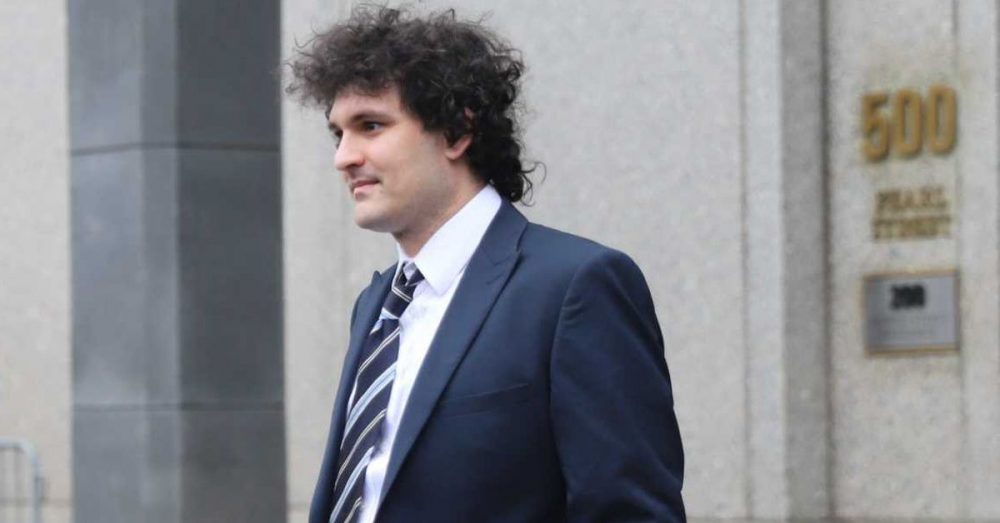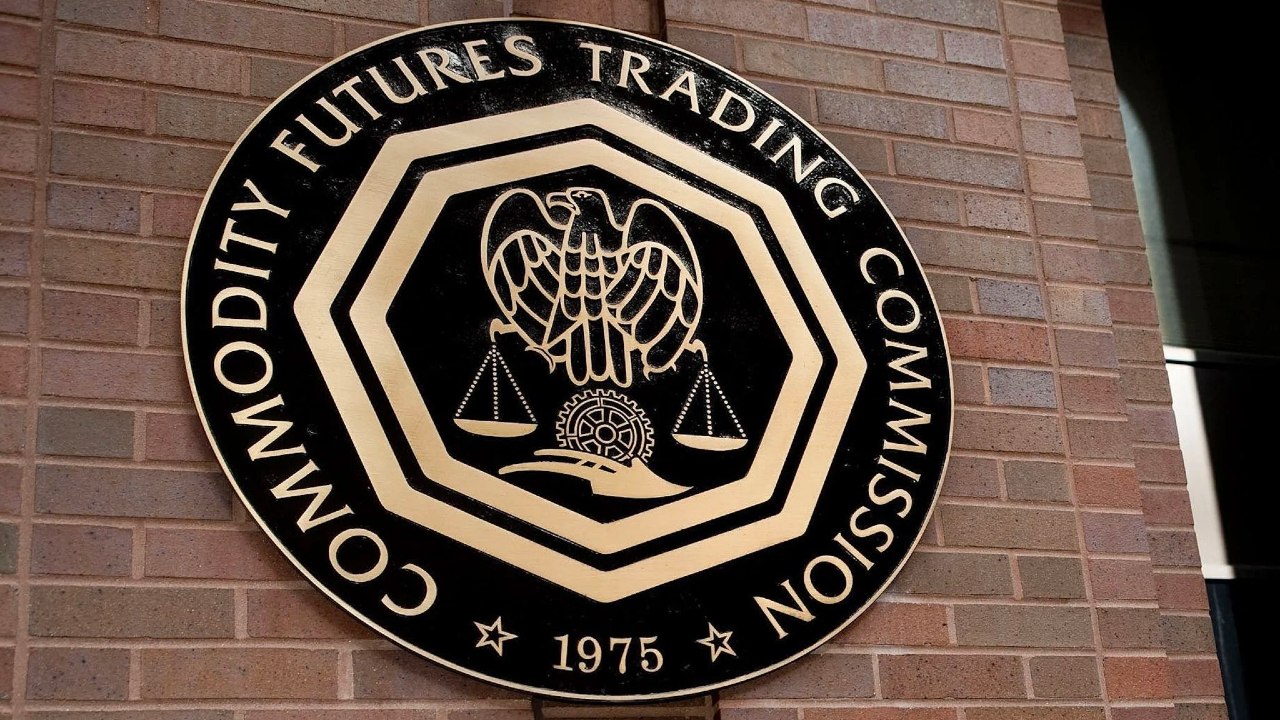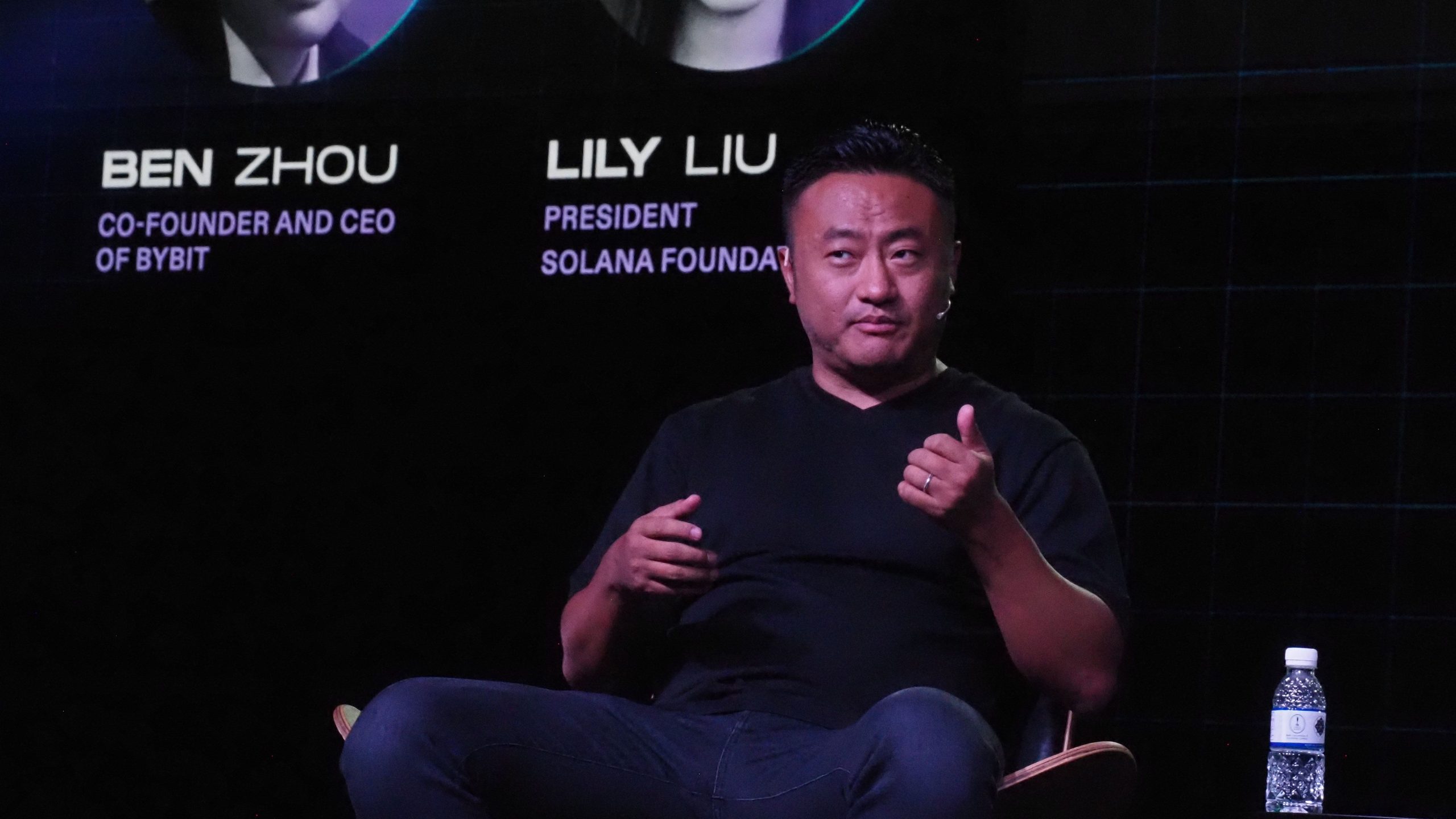The New York judge overseeing Sam Bankman-Fried’s criminal case has ordered the former FTX CEO’s lawyers to submit a new proposal to modify his bail conditions that would include more detail on the lawyers’ suggestion that Bankman-Fried install an application on his phone to automatically record and archive his communications.
The proposal, if ultimately accepted by U.S. District Court Judge Lewis Kaplan, would end the nearly two-week-long spat between federal prosecutors and Bankman-Fried’s lawyers over his bail conditions.
Issues with Bankman-Fried’s bail conditions became public on Jan. 27, when prosecutors submitted a letter to the court urging Kaplan to amend Bankman-Fried’s bail conditions to prohibit him from attempting to contact any former or current employees of Alameda Research or FTX, as well as using Signal or other ephemeral messaging applications.
In their letter, prosecutors alleged that Bankman-Fried had already attempted to reach out to at least one potential witness in the case – identified as Ryne Miller, the current general counsel for FTX US – to allegedly attempt to influence his future witness testimony. Prosecutors also said that discovery in the case had been impeded by Bankman-Fried’s habit of using self-deleting messaging applications.
Kaplan tentatively agreed to modify Bankman-Fried’s bail conditions to meet the prosecution’s requests, but Mark Cohen, Bankman-Fried’s attorney, pushed back. In a separate filing, Cohen argued that Bankman-Fried needed to contact certain current and former employees, including FTX’s in-house therapist, George Lerner, for “personal support.”
On Feb. 6, Cohen filed a letter with the court telling Kaplan that an agreement had been reached with federal prosecutors on a list of former employees acceptable for Bankman-Fried to communicate with, and certain apps, including iMessage and Zoom, that were acceptable for Bankman-Fried to use.
The next day, however, Kaplan rejected the proffered agreement.
During Thursday’s hearing, Kaplan requested to see a written list of former and current employees Bankman-Fried would be allowed to communicate with. Kaplan also said he was concerned about Bankman-Fried’s ability to encrypt his messages or otherwise evade surveillance under the current terms of the joint agreement, leading to his lawyers’ proposal that he install monitoring software on his phone.
“I mean, I think I know what ‘encrypted’ means,” Kaplan said. “I’ve read all the spy novels, too.”
In addition to reading spy novels, Kaplan said he’d spent the prior evening reading up on a recently discovered trove of letters written by Mary Queen of Scots during her imprisonment. The 57 letters Mary wrote to her supporters were encrypted, and took a team of cryptographers two months to decode.
“We’re being shortsighted to focus on apps,” Kaplan said. “Don’t you think this defendant is bright enough to encrypt something without a computer?”
“To the extent that the defendant decides to communicate via handwritten code…that’s not really something we’re worried about,” Danielle Sassoon, the lead prosecutor, told Kaplan.







